Computer science demands a reliable laptop. And a good one not only keeps pace with your coding prowess but elevates your learning experience. But what makes for a good laptop?
Well, a powerful processor, a vibrant display, a comfortable keyboard & touchpad, and a long-lasting battery. Simple, right? Nope. There are hundreds of “so-called” best laptops but specs don’t translate to real-world performance. So, you might end up with a sub-par device despite being a CS student.
As an MS in computer science, I know a laptop’s requirements well. Considering diverse needs and testing over 16 laptops suitable for CS students, I have finally come up with the top 7 recommendations for 2024.
System Requirements
Before getting into reviews, take a look at the specifications:
| Specification | Minimum | Preferable |
|---|---|---|
| Processor | Intel Core i5 or AMD Ryzen 5, or Apple M1 | Intel Core i7 or AMD Ryzen 7, or Apple M2 |
| RAM | 8GB | 16GB |
| Graphics | Intel UHD 600 or AMD Radeon | Intel Iris Xe or higher |
| Storage | 256GB SSD | 512GB SSD or higher |
| Display | 11.6-inch Full HD VN | 13 to 16-inch Full HD IPS |
| Battery | Up to 5 hours | Up to 8 hours |
| Connectivity | Wi-Fi 5, USB-A | Wi-Fi 6, USB-A, USB-C, and/or HDMI |
The list below offers a range of options to suit different needs, like convertibility, touchscreen, and portability. You will find a perfect fit whether you’re looking for a premium, mid-range, or budget option.
1. Best Overall: Samsung Galaxy Book 3 Pro
If you want the beast of a laptop for your computer science studies, then check out the Samsung Galaxy Book 3 Pro.
The latest iteration of Galaxy Book 3 upgrades in most aspects, processing power, storage, and memory, so you can expect it to handle even demanding tasks well. The display as well, has got much brighter in this.
Performance & Experience
16:10 displays have become popular over the years, which is why the 16:9 ratio in the Samsung Galaxy Book 2 Pro felt awkward to use. But Samsung has fixed it with Book 3 Pro, and an 11% taller screen means you’ve got more real estate to display your notes and codes, so less scrolling.
Resolution has improved, and its AMOLED display comes with a 120Hz refresh rate. The videos and images look stunning, with deep contrast, excellent brightness, and crystal-clear colors. Honestly, that’s the best display I’ve seen in a while.
Aside from the display, it did well where it mattered. The keyboard is backlit, and there’s a nice travel distance between keys, and I found it comfortable and accurate. I could even record up to 85 wpm typing speed at a 2% error rate on MonkeyType. Typing through pages of notes won’t give much pain, I guess.
The trackpad is big enough to fit all your fingers, which seamlessly glide on the glass surface. It registered the clicks and Windows gestures, even multi-finger ones.
Dissecting the Book 3 Pro will reveal its powerful insides, i.e., an i7 CPU coupled with 16GB RAM and 1TB SSD. It matches the preferable specs, and probably more, so I kept my expectations high. And in my tests, it came true to it.
I am well-versed in coding languages like Python, Java, C++, etc., so I went on to write codes on Python while streaming a Netflix with 10-12 tabs open in the background. The codes were compiled and executed in no time, and there wasn’t a single jitter or lag throughout my multitasking session. That’s great.
Battery Life
I was impressed with the battery life as well. With it faring around 12 hours and 21 minutes on my battery rundown test, it eliminates the need to carry a charger to the class, which is convenient. To put things into perspective, it could seam you through two days of lectures on a single charge.
Ports & Connectivity
Samsung has packed its Book 3 Pro with ports. From USB-C to Thunderbolt 4 to a micro SD or an HDMI port, it has got everything. Connect your laptop to bigger screens to present a dataset or transfer your project to an external drive for submission, anything is viable.
Conclusion
Overall, the Galaxy Book 3 Pro from Samsung mostly stays true to its claims of being a powerful, productive laptop. Its thin design, long battery life, and ample port setup come as a blessing for computer science students.
The only setback is the premium price Samsung charges, but the features & performance it delivers make it a once-in-a-decade investment.
- Brilliant AMOLED 3K display
- Powerful performance
- Exceptional battery life
- Ample port setup
- Great keyboard and touchpad
- Premium price
2. Best Runner-Up: Apple MacBook Pro
If you’re a computer engineering student, then I think Apple’s MacBook Pro M3 is a great choice. Spec-wise, this might not seem to be on par with my top pick, but its new M3 chip delivers blistering performance, which, paired with a brighter display, robust graphics, and long battery life makes it a complete package.
Performance & Experience
MacBook Pro’s 14-inch Liquid Retina XDR display remains an undisputed champion amongst existing displays in most laptops around. And Apple boosts the brightness on it, which turns great when viewing HDR content.
I streamed Despicable Me 3 on Netflix, the yellow minions were more vibrant on the screen, with brightness seared up to 946 nits at max.
Besides, I found its color performance impressive. Be it watching movies or working on projects and assignments involving any visual elements, it came out as they were, and I could even edit images or videos accurately.
Next, Apple has kept the keyboard and trackpad the same as in previous generations, which are pretty close to perfect. There’s plenty of travel in the keyboard, and the keys feel nice and clicky when typing. Typing lengthy codes wasn’t much of a pain.
The trackpad as well is wide and easy to use, so you can seamlessly perform the multi-touch gestures, and the cursor navigation is accurate as well.
For those who attend online classes, its 1080p full HD webcam, aided by the image signal processor, ensures better video quality, so you don’t miss a thing unless the network is poor.
The MacBook Pro M3 features an all-new 8-core CPU and 10-core GPU with new Dynamic Caching technology, which is combined with 8GB RAM and 512GB SSD.
Other upgrades over M2 include a 16-core Neural engine and hardware-accelerated ray tracing, so any of your tasks, be it working with large spreadsheets, data analytics, or heavy software, runs smoothly.
It took comparatively less time to process and execute lengthy codes, even when I played a 1080p video and opened multiple Chrome tabs at the same time. You can even play casual games like Minecraft, Fortnite, and similar in your free time.
Battery Life
Apple’s series of chips’ USP is always its thermal management and battery life, and M3 is its new stamina king that’s stipulated to run up to 22 hours.
In my regular set of tasks like writing, watching videos, writing a few codes, and listening to audio, the battery ran up to 17 hours and 26 minutes on a single charge or three days of lectures.
Ports & Connectivity
Port-wise, MacBook M3 has got it just right. There are three Thunderbolt 4/USB-C ports, a full-size SD card slot, an HDMI 2.1 port, a 3.5mm audio jack, and a MagSafe connector for charging.
The only limitation of M3 over M3 Pro is the support for a single monitor, which is two in the latter. But anyway, you probably won’t need that many. And in case you need it, you may check out my recommendations for multiple displays.
Conclusion
For most purposes and intents, Apple MacBook Pro seems to defy the logic set by Windows laptops. The battery life is great, although the laptop seems to smash through in power and graphical performance.
Paired with an excellent keyboard and trackpad, this device comes as a holy grail for most computer science students.
- Bright & excellent display
- Impressive M3 power
- Great keyboard and trackpad
- Full HD webcam
- Impressive battery life
- Expensive
3. Best 2-in-1 Convertible: HP Envy x360
Taking digital notes and attending lectures on the go is more convenient with convertibles, and if you need one, HP Spectre x360 is the best to invest in. It packs in a powerful processor and memory to steam through most of your coding-based tasks, online lectures, etc., in a breeze.
Performance & Experience
Let’s address the elephant in the room, i.e., vibrant, bright, and vivid 16-inch large IPS display with 3K resolution. The touch-enabled screen is faultless, with deep, rich saturated colors, inky blacks, and pristine white backgrounds.
The details were crisp, and in Oppenheimer, even the bombing scenes in dark backgrounds look exceptional. Viewing angles are wide without any reflections and pixelation. So, coding or taking notes with a bundled stylus won’t be an issue.
HP, albeit, leads the way in webcams, as my face looks a touch soft-focus in the images, but the backgrounds were sharp, and there wasn’t any noise in live videos.
Coding is something that’s great with a good keyboard, which for Spectre x360 was rather comfortable. I could type at a speed of 81 wpm at 96.8% accuracy. While I was satisfied with the trackpad.
I didn’t expect it to run CPU-intensive software, with it lacking a dedicated graphics card. Nevertheless, its Core i7-13700H processor, paired with 16GB RAM and 1TB SSD, steams through your daily productivity tasks. Even processing lengthy codes took less than half the time an old laptop takes.
Battery Life
To test out its battery life, I played a pre-saved 1080p video on a loop with display brightness set at 150 nits and audio volume at 100%. The results weren’t fascinating, considering it’s not as powerful as my previous recommendations, and it hardly lasts up to 7 hours and 21 minutes on a single charge.
It still is enough for a day in a college.
Ports & Connectivity
Port setup of Spectre x360 includes a Thunderbolt 4 USB-C port, a USB-A port, an HDMI port, and a microSD card slot. I wish there was an additional Type-C port.
Conclusion
Overall, the HP Spectre x360 with its gorgeous 3K display has got almost everything a CS student might ask from a laptop. The touchscreen, convertibility, and a tilt pen come in handy with plenty of applications. The processor is powerful to breeze through any of your tasks.
- Stellar 3K panel
- Stylus & Fingerprint sensor
- Wide array of ports
- Decent battery life
- Powerful processing power
- Decent keyboard & touchpad
- DDR4 standard RAM
4. Best for Gaming: HP Victus 16
If you play top-end games (online/offline) in your leisure time and need a powerful laptop with a dedicated GPU, take a look at HP Victus 16. Powered by an able processor, ample memory, storage, and an Nvidia GPU, it strikes something that breezes through any of your CPU-intensive tasks.
Performance & Experience
Coming from laptops with AMOLED & Liquid Retina display, I wasn’t very optimistic about the Full HD 15.6-inch display of HP Victus 16. But despite the lower resolution on a large display, I had no major issues with the panel.
The display is rated 300 nits by the manufacturer, yet Victus 16 hit 313 nits, which is quite a rare sight. The anti-glare coating kept reflecting the bright sun, and cranking up the brightness allowed me to enjoy movies and games while outdoors.
Indoors, things also looked pretty decent. The colors seem vibrant and not flat, while the codes and texts are crystal clear. A computer student or professional staying mostly indoors probably won’t complain about the display.
Moving on, aside from backlit keys, I found them quite comfortable to type on, with the keys being quiet and firm in their operation. In my typing test, the site pegged me at 79 wpm with an accuracy of around 97%. Its touchpad, as well, is a touch small but nice and tight, with a firm click response.
HP Victus 16 further uses a 1080p webcam, but don’t go just by the numbers. The video lacks details, and the camera has trouble with my overhead lighting, resulting in lens flare & blooming.
The Victus unit I got had an Intel Core i7 processor coupled with an RTX 4060 GPU, 32GB RAM, and a 1TB SSD. In the Geekbench 5 synthetic CPU test, it achieved single-core and multi-core performance scores of 1913 and 12,024, respectively.
That’s massive and should be more than capable of handling your daily lengthy coding or note-taking sessions.
I also tested the laptop for its gaming performance, where I played Far Cry 6 at ultra settings. On average, it hits a massive 81 FPS, which on turning on DLSS, rakes up to 93 FPS. And there wasn’t a single lag, jitter, or slowdown.
Battery Life
Gaming laptops aren’t known to last long in the battery department, but Victus outwitted its competition in this respect. In my standard battery test which involves light gaming sessions, web browsing, coding, and video streaming, all while WiFi connected, the battery lasted 7 hours and 21 minutes.
Ports & Connectivity
HP didn’t skimp in this respect and has something suited for the needs of a user. There are three USB-A ports, a USB-C port, an Ethernet port, a 3.5mm audio jack, and an Ethernet port. It misses the Thunderbolt ports, but the USB-C ports are pretty fast.
Conclusion
Overall, the HP Victus 16 is a compelling gaming laptop that establishes a perfect balance of price and the features it offers.
The display is a touch underwhelming, especially coming from the top picks, but its powerful insides work well to breeze through any of your CPU-intensive tasks. And compared to gaming laptops, its battery lasts longer.
- Excellent battery life
- Impressive performance
- Comfortable keyboard
- Ample port setup
- Attractive design
- Display resolution
5. Best for Creative Work: Asus ZenBook 15 Pro
If you need a top-class display than my previous pick and don’t want to sway much from the performance, then the Asus ZenBook 15 Pro is a great pick. It upgrades in memory and storage as well, for an even seamless performance.
But features don’t always tell the whole story, so let’s find out how it performs.
Performance & Experience
OLED displays are rare in mid-range laptops, but this is where ASUS stands out. It promises a peak brightness of 550 nits, which, combined with rich contrast, means the images, websites, and video content all look pretty fantastic.
Irrespective of the lighting conditions, I found it comfortable to work on and didn’t leave a strain on my eyes.
Laptop speakers aren’t something to write about, but I found Zenbook’s Harman Kardon-certified stands out. Treble and bass are decent, and you probably won’t need to search for headphones when attending online classes or watching movies.
Moving on, the typing experience is impressive, with each key providing snappy feedback and enough travel distance. A number pad is included, an important trait if you use the laptop for finance tasks.
The trackpad as well is a nice size and very responsive, as I could move through the menus and execute precise gestures.
The Asus laptop I’ve tested comes with a Core i7-13620H processor, 16GB RAM, and 1TB of storage. As expected, for daily use for CS students, such as taking notes, watching videos, attending video lectures, writing programs, and browsing the web, the device seems pretty speedy.
While it’s not tagged as a gaming laptop, I was surprised with the dedicated RTX 3050 GPU. I could play WOW at the highest settings without encountering any slowdown or crashes. You can play some contemporary titles (not the new ones) in your leisure time.
Battery Life
The battery life of ZenBook 15 Pro is rather average. Running a 1080p video at 60% brightness and 100% audio output saw it last just 6 hours and 3 minutes at most. If you’re just taking notes or writing codes, I could expect you to get around 8 hours or a day of your class on the battery, but if playing games, forget about it.
Ports & Connectivity
Asus isn’t lenient with the ports, and there are many on offer as well with 15 Pro. There’s a USB 3.2 Gen 2 Type-C port, two USB 3.2 Gen 1 Type-A ports, a Thunderbolt 4 port that supports display/power delivery, an Ethernet port, an HDMI port, an SD card reader, and a 3.5mm audio jack. That’s a lot.
Conclusion
Overall, the Asus ZenBook 15 Pro, with its sheer eye-catching video and graphics with an OLED display and powerful performance courtesy of the efficient components it packs inside, comes as a viable investment. Its ample port setup and nice keyboard and touchpad make lives much easier for CS students.
- Great OLED display
- Lightweight and compact
- Extensive port setup
- Good overall performance
- Nice keyboard and touchpad
- Middling battery life
6. Best Compact Option: Microsoft Surface Laptop 5
If you need a compact option on a budget, then consider Microsoft Surface Laptop 5. The latest iteration of Surface Laptop 4 didn’t change much, with an identical chassis, screen size, and a recognizable Surface Logo on the lid. It remains a lightweight and portable device that can be your companion wherever you go.
Performance & Experience
The screen size is on par with the minimum said limit and those who like compact devices will appreciate it. It has a 3:2 aspect ratio, my ideal screen shape in laptops. And it even reached 412 nits brightness in my tests, which is more than bright enough to use in indoors or outdoors.
The color reproduction and contrast are decent but not flat as in many laptops in a similar price range. Texts and codes were crisp, and now that I am writing on this, I can confirm this would fare well for you all.
The best part is the touchscreen, which potentially boosts your productivity, as you can swiftly switch between the tabs and software. But the manufacturer missed the memo of improving the built-in webcams and stuck with its old 720p version used in Surface Laptop 4. That’s not great in less-balanced lighting.
The high-end build quality continues with a comfortable keyboard and a nice-responsive touchpad. Good that it doesn’t include a separate numpad, so there’s enough travel between keys.
Spec-wise, it doesn’t offer anything to excite about. But the Core i5 processor combines with 8GB RAM and 256GB SSD to get through most of your productivity-based tasks. I used this laptop for traveling while playing audio in the background and 14-15 tabs open in Chrome. There wasn’t a single lag, stutter, or slowdown.
Battery Life
Battery life averaged around seven hours and 35 minutes of continuous video streaming, with brightness and sound set at 50% and 100%, respectively. Compared to its predecessor, that’s an upgrade, and you can expect an hour more with basic research and note-taking tasks. That’s great for a budget offering.
Ports & Connectivity
Port-wise, Microsoft has got enough in its Surface Laptop 5. The highlight is the lightning-quick Thunderbolt 4 port, which links up with a 4K monitor, provides speedier data transfer, and can even charge your laptop. Additionally, it includes a USB-A port, a 3.5mm audio jack, and a versatile Surface Connect port.
Conclusion
Overall, Surface Laptop 5 comes as a well-built laptop that prioritizes portability and a modern feature set. Irrespective of any tasks a CS student might undertake, it fares well. The screen looks nice, and the battery packs enough power to get you through an entire session on a single charge.
Besides, a Thunderbolt 4 port in a laptop in this range is a rare sight to encounter.
- Decent battery life
- Great performance
- Lightweight design
- Bright, crisp touchscreen
- Nice keyboard & touchpad
- Middling storage size
7. Cheapest Option: Dell Inspiron 3530
If you don’t wish to play games or run any CPU-intensive applications, or in other words, need a pure workstation laptop, opt for the Dell Inspiron 3530. Its design is overly simple, but the power it packs inside steams through your intense coding, accounting, note-taking, and lecture sessions.
Performance & Experience
The Inspiron’s 15.6-inch Full HD screen seems decently colorful and crisp as the texts or codes don’t appear pixilated and makes for a decent movie streaming experience.
I watched Oppenheimer on it, and the scenes didn’t appear much of a degrade as with many of my mid-range recommendations. But at a peak brightness of 250 nits, things weren’t great outdoors, even at full bar.
Moving on, typing on Inspiron 3530’s backlit keyboard feels immensely satisfying, thanks to comfortable palm rests and deep travel.
The chiclet keys have a 2mm travel distance, and I could engage in hours of coding sessions without tiring out my fingers. Its touchpad, despite its cheap texture, feels smooth and records all my finger gestures.
Its webcam, however, at 720p resolution, doesn’t feel great. There’s a lot of noise in the live videos and clicked images, which, however, is quite expected from a laptop in this range. There weren’t any lags or jitters unless my network was down.
With Inspiron 3530’s Core i5-1335U processor, 16GB RAM, and 512GB SSD, blasting through most productivity tasks is easy.
So I went on typing codes on Python while playing songs and keeping multiple Chrome tabs open in the background, and you best believe it didn’t stutter once. That’s great from a budget device.
Battery Life
The Dell laptop packs a 41 Wh battery, which is okay at best. In my tests, with a 1080p video playing on a loop at 50% brightness and 100% volume, the battery could hardly last up to 5 hours and 10 minutes on a single charge. This means you must carry a charger to get through a day at your college.
Ports & Connectivity
Port-wise, Inspiron 3530 has enough in its arsenal. There’s a USB-A port, a USB-C port, a USB 2.0 port, a 3.5mm audio jack, an HDMI 1.4 port, and an SD card slot.
That’s more than enough for any user, irrespective of their needs. The Thunderbolt 4 port is missing, which, however, I didn’t expect in a budget-range laptop.
Conclusion
Dell Inspiron 3530 avoids typical budget laptop pitfalls. Devices sold at this price make extreme cuts, but this one performs well, has enough ports, and is comfortable to type on. The battery life is okay, which is the reason why it’s ranked at the bottom.
- Great performance
- Color and details are decent
- Ample number of ports
- Good keyboard & touchpad
- Pocket-friendly
- Average battery life
Frequently Asked Questions
A quad-core processor is recommended to handle compilation, execution, and multitasking efficiently. And an Intel Core i5/i7 or a similar AMD processor is recommended.
Yes, MacBooks (both Air and Pro) are a great choice for those studying computer science. They come with great displays, efficient processing power, premium keyboard and touchpad, and portable design.
Wrap Up!
Each laptop included in this list is capable enough to be a part of your computer science studies. But if you are still unsure, I have rounded up a few potential use cases for you:
- If you want the best laptop money can buy for your heavy multitasking sessions, opt for the Samsung Galaxy Book 3 Pro.
- For those who need a bright display on a mid-tier budget, the Asus ZenBook 15 Pro OLED is the ideal companion. Or if you prioritise performance over display, go for HP Victus 16.
- And if you need a cheap yet dependable device for you to never miss a beat, the Dell Inspiron 3530 is a good pick.
A computer science student, unless isn’t into high-end gaming, video or photo editing tasks, does not need a powerful machine, so make your decisions accordingly. I’ll see you in another such piece. Till then, take care and good luck!
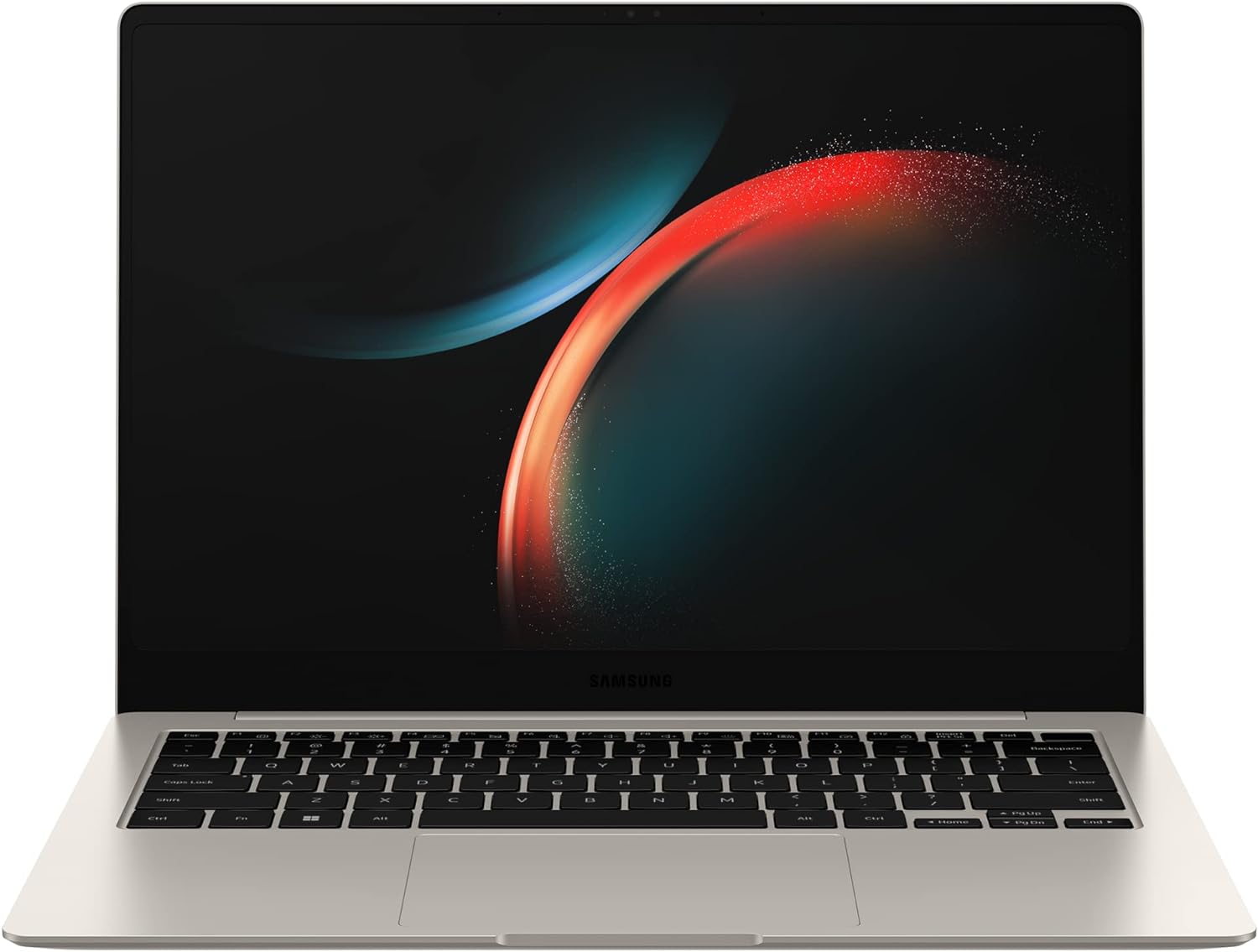
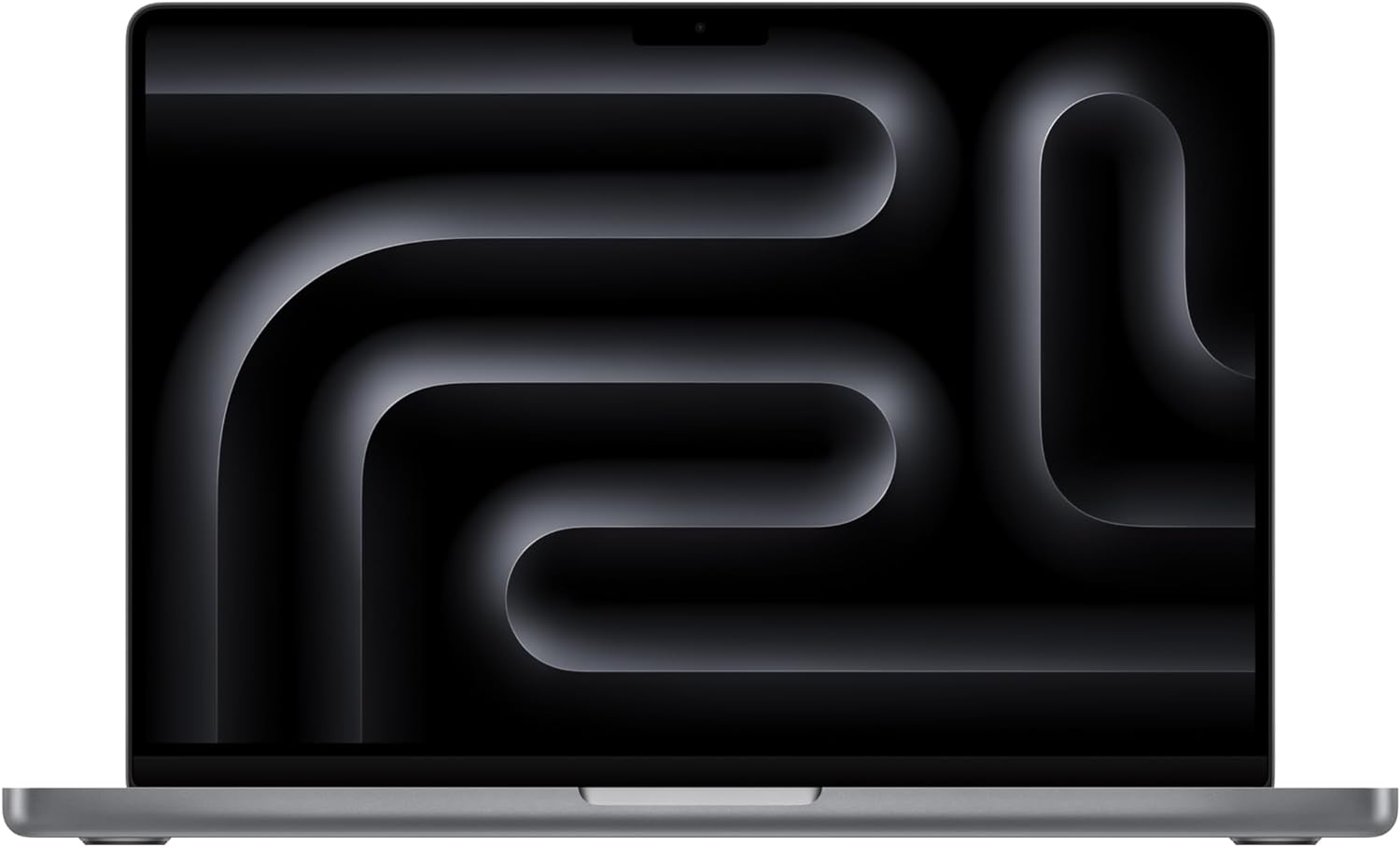
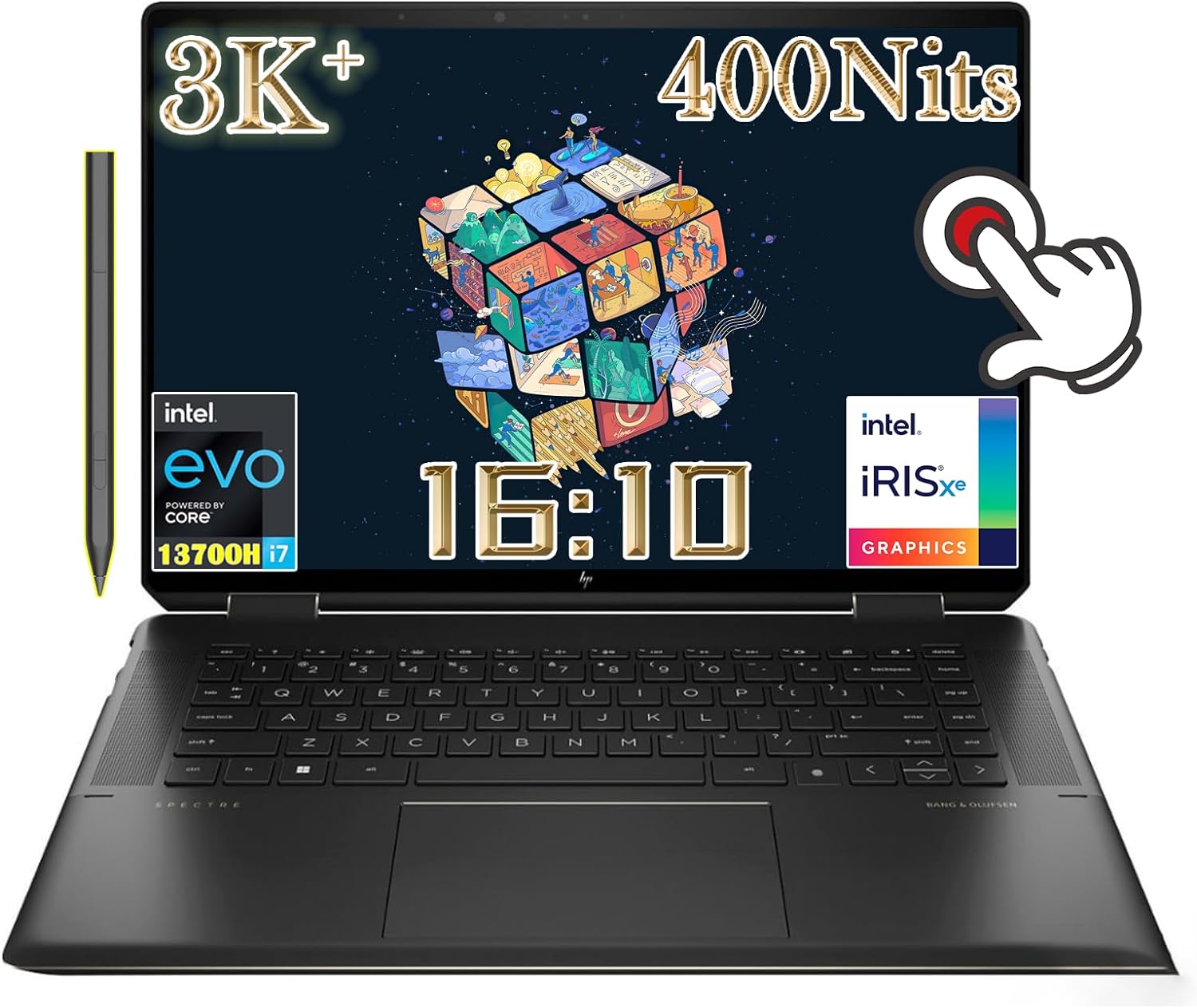
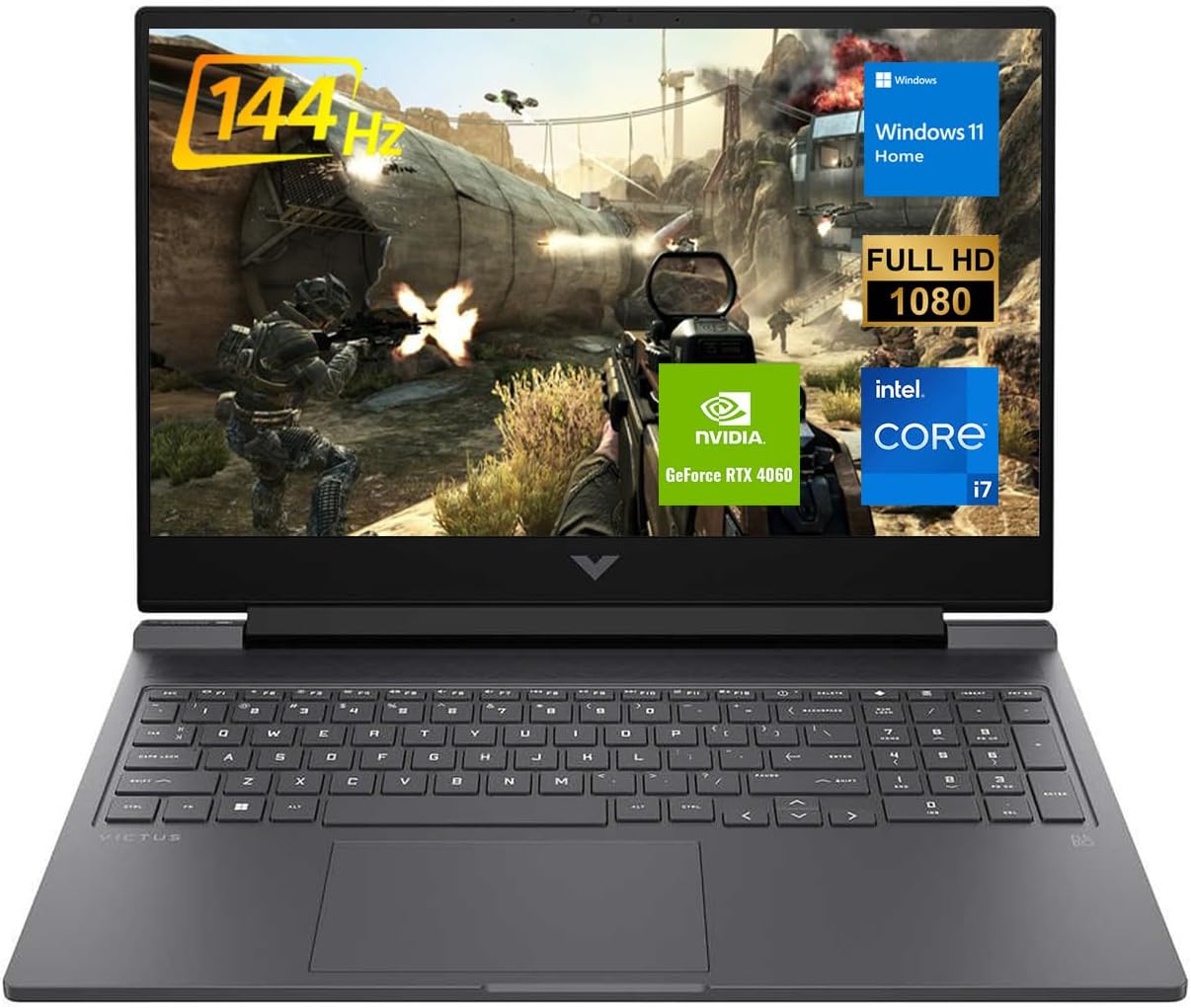
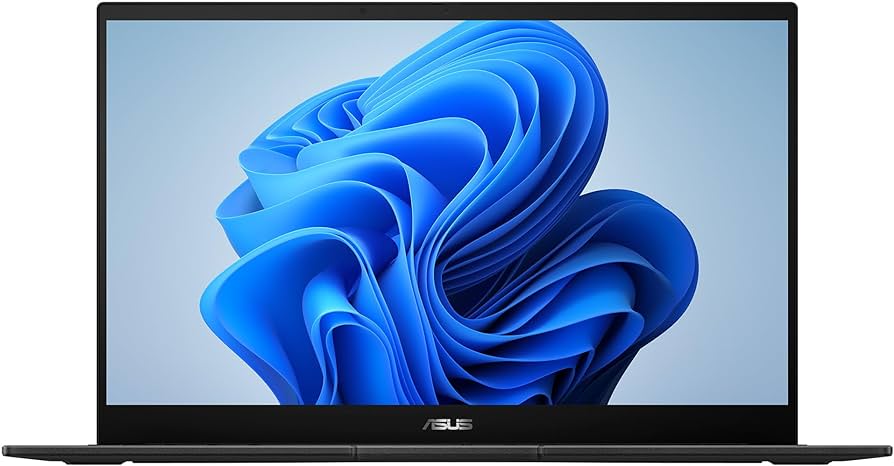
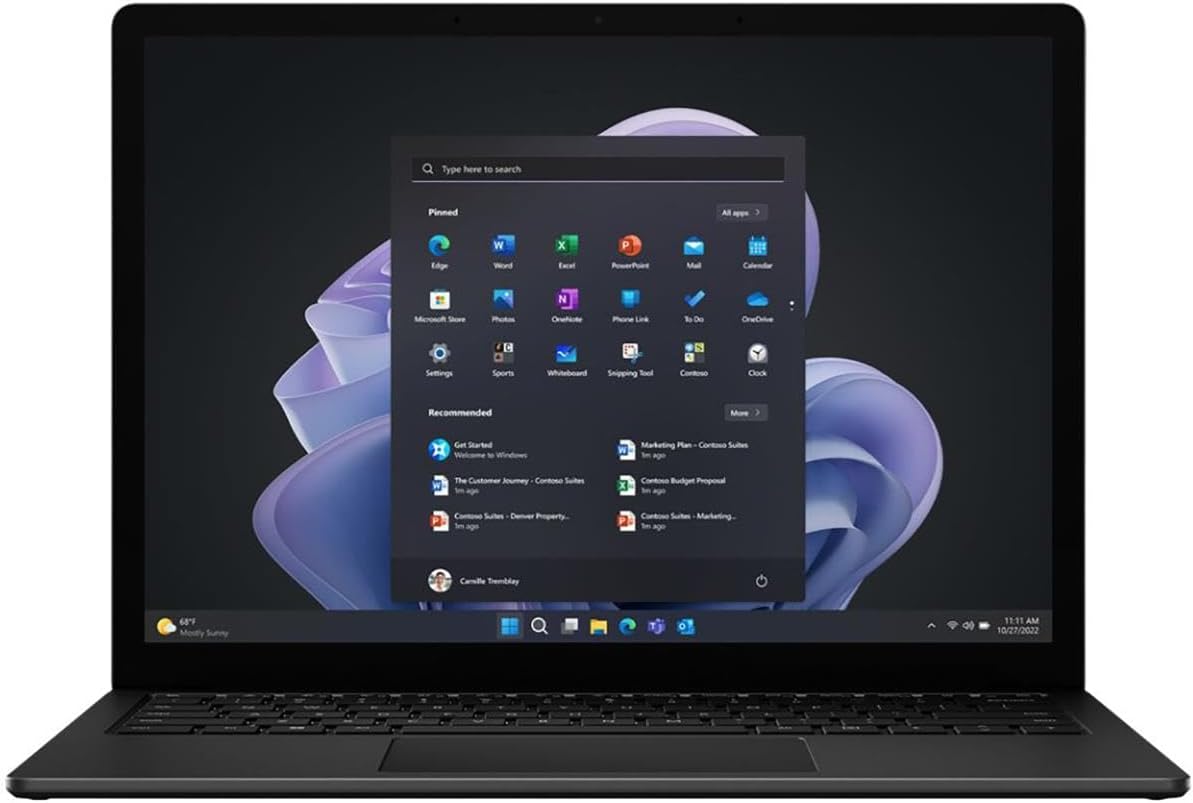
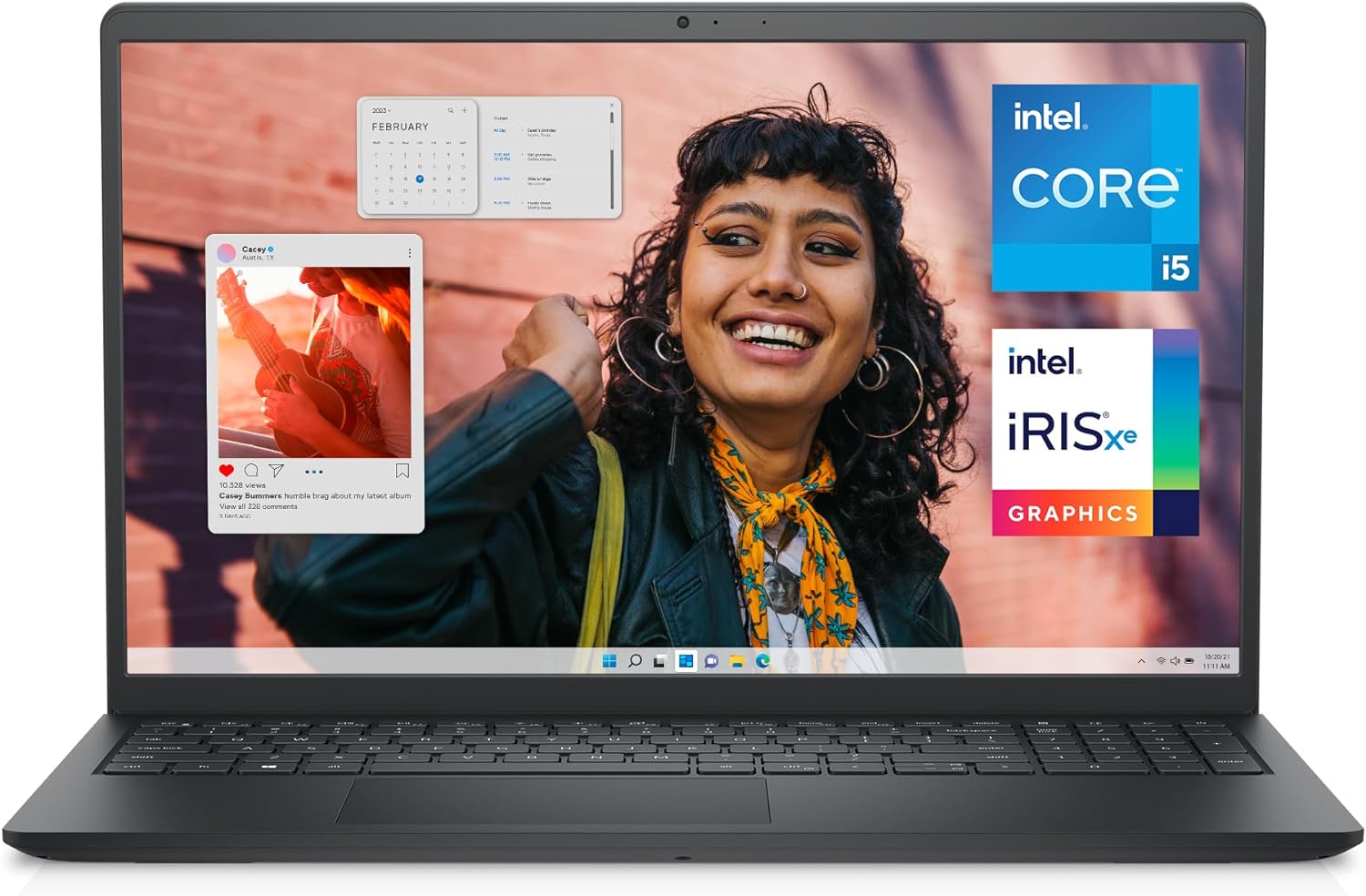
Leave a Reply